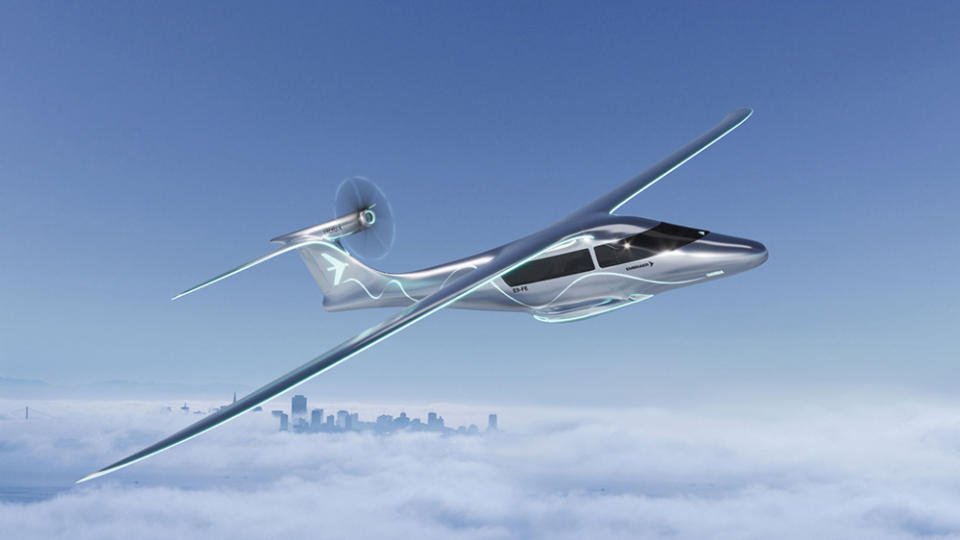Private Aviation Has Pledged to Reach Zero Carbon Emissions by 2050. Here’s How That Can Happen.

Sustainability in business aviation is a hot topic. But it’s not clear exactly how the industry will get to its pledged zero-carbon-emissions target by 2050. Robb Report spoke to a number of experts on the topic and it’s clear there are major challenges ahead. They include developing and certifying new electric and hydrogen-powered aircraft that will be clean-burning. Another question is how to expand the availability of sustainable aviation fuel (which can reduce carbon emissions by up to 80 percent over conventional Jet A fuel) and bring down its price. Business-jet manufacturers are also increasing the efficiency of new aircraft. At the airports, there is also the important piece of making our nation’s air traffic control systems more efficient so that aircraft aren’t stuck in long flight patterns while waiting to land. While the road to sustainability isn’t clear, what is obvious is that it will require multiple pieces from different players. Here is our projected timeline for meeting the 2050 goal.

2023: Today, Jet A and A-1 type aviation fuels account for 99.9 percent of all jet-aircraft fuel usage; in 2022, about 60 million gallons of low-emissions, blended sustainable aviation fuel (SAF) were sold across all US flights, with about 12 percent used by private jets. Currently, 375 eVTOL designs are in development.
More from Robb Report
Watch: This eVTOL Just Broke a Record by Flying 155 Miles on a Single Charge
The World's Fastest eVTOL Is Here, and It's Faster Than Your Supercar
2025: The first eVTOLs are in service, as are a small number of hybrid-gas-electric aircraft, while hydrogen-fuel-cell propulsion is in the experimental phase, led by prototypes from Airbus and Embraer.
2030-2035: The use of SAF in US aviation is targeted to reach 3 billion gallons as refineries and distribution channels have expanded. With six market leaders projected to emerge, eVTOLs go mainstream, as do hybrid-gas-electric planes. Meanwhile, hydrogen-fuel-cell and battery-powered aircraft enter service.
2050: The industry becomes carbon-neutral as Jet A and A-1 fuels account for only 25 percent of consumption, with 35 billion gallons of SAF consumed by all forms of aviation. More environmentally friendly forms of propulsion, from hybrid to hydrogen to battery, are also mainstream.
Best of Robb Report
The 2024 Chevy C8 Corvette: Everything We Know About the Powerful Mid-Engine Beast
The 15 Best Travel Trailers for Camping and Road-Tripping Adventures
Sign up for Robb Report's Newsletter. For the latest news, follow us on Facebook, Twitter, and Instagram.

